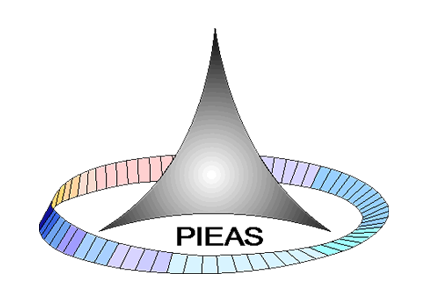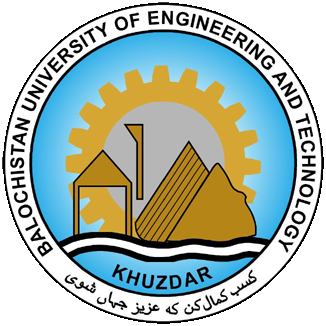






Follow us:

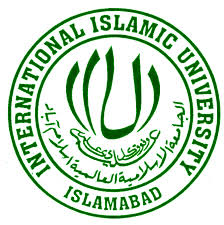

SPONSORS
Technical co-sponsors
SEPTEMBER 10-12, 2018 ISLAMABAD, PAKISTAN
PGSRET
2018
4rth International Conference on
Power Generation Systems and Renewable Energy Technologies
Islamabad ( abode of Islam), is the capital city of Pakistan, and is located in the Pothohar Plateau in the northwest of the country. It is located within the Islamabad Capital Territory (906.0 km˛), though the area has historically been a part of the crossroads of the Punjab region and the North-West Frontier Province (the Margalla pass being a historic gateway to the North-West Frontier Province, and the Pothohar Plateau historically a part of the Punjab). Islamabad is located at 33°40'N 73°10'E. Islamabad has a population of 1,740,000 (in 2009). Its highest elevation is 1,604 m (5,263 ft) and lowest is 457 m (1,499 ft).
HISTORY
From independence until 1958 Pakistan's capital was Karachi in Sindh in the far south. Worries about the concentration of investment and development in that city are said to have led to the idea of building a new capital in a different location. There was also the hegemony of the predominantly Mohajir Civil Service to break, In 1958, during the administration of Pakistani President Ayub Khan, a site immediately north of Rawalpindi was chosen as the permanent capital. Rawalpindi was designated as the temporary capital. Work on the new capital began during the 1960s.
The planning and construction was largely headed by the Greek urban planner Constantinos A. Doxiadis. His plan revolved around the building of the city in sectors, each containing four sub-sectors separated by green belts and parks. There was a strong emphasis on greenery and open space.
In 1967, the capital was officially moved from Rawalpindi to Islamabad. The city was divided into Rural and urban Areas. The urban area was managed by CDA Capital Development Authority, while Rural area was divided into 12 union Councils and 30 Towns. Among these 12 union councils, union Council Koral is the biggest and the most developed Union council. It has
When Islamabad was finally built, growth was slow, and the government did not fully relocate to the city from Rawalpindi until the 1980s. During this time the capital's population was small, at around 250,000. This changed dramatically during the 1990s with the population increasing, instigating the building of new sectors. The CDA was established on June 14, 1960 (first by an executive order issued on June 24, 1960 entitled the Pakistan Capital Regulation, and superseded by the CDA ordinance issued on June 27, 1960 by the National Parliament) and accorded the task of developing Islamabad as well as all major government buildings. According to the CDA ordinance, the Ministry of the Interior appoints all members of the board of governors of CDA who in turn appoint all CDA functionaries under them in consultation with the Ministry of the Interior. The CDA is also responsible for running the city of Islamabad and provides most city services such as trash pickup, street cleaning, etc.
On October 8th 2005, an earthquake hit northern parts of Pakistan and was also felt in Islamabad. The earthquake destroyed the Margalla Towers located in sector F-10. The collapsed building was the only one destroyed in the city. Subsequent surveys of the collapsed building showed that the building was made from sub-standard material. The residents of the buildings had sent several complaints to the Capital Development Authority to which no satisfactory response was sent. More recently, the Prime Minister of Pakistan has said that a separate building code be implemented for Islamabad.
GEOGRAPHY, CLIMATE AND DEMOGRAPHY
The city is situated at the edge of the Pothohar plateau, south of the Margalla hills. The modern capital Islamabad and the ancient Gakhar city of Rawalpindi stand side by side, displaying the country’s past and present. The area's micro-climate is regulated by three man-made lakes (Rawal, Simli and Khanpur). The city has hot summers with monsoon rains occurring during July and August. Even on the few winter days when pre-dawn temperatures fall below freezing, the afternoons are usually sunny and mild: in the coldest month, January, the average daily maximum temperature is 16°C (61°F).
Punjabis account for 65% of the population followed by the Pashtuns at around 15-20%, Muhajirs at 7% and others (Sindhi, Balochi, Kashmiri's, etc) at 7%. (the refugee population is not counted on the census).
TOURISM AND SIGHTSEEING
Islamabad is a young rather modern and clean city, especially in comparison to other cities in Pakistan. It is well-organized, with the city being divided into different sectors, each with certain facilities. However, the views from the sculpted gardens of Islamabad's Shakar Parian Hills, the fascinating Heritage Museum, and the huge marble statue of Shah Faisal Mosque are the major highlights of the modern city. To the west of Islamabad is the Buddhist site of Taxila, dating from 500 BC. Sculptures here show a strong Greek influence, a result of Alexander the Great's journey through the region. The commercial center of Islamabad is known as the Blue Area and runs along the length of Jinnah Avenue. Its eastern end runs into Parliament Road, where the majority of government buildings are located.
The city is very green, with much afforestation of what was formerly scrub forest and open ground. The city's pleasant climate has enabled the introduction of many exotic plants into the area. There is also much wildlife in the north in the Margalla hills, which have been turned into a national park.
Islamabad's architecture walks a tight-rope between modernity and tradition. The Saudi-Pak Tower is a good example of the combination of modern and traditional styles into one building. The city is also home to the Faisal Mosque, which is well-known for its architecture and immense size. Quaid-i-Azam University is also located in the capital city along with numerous government buildings and foreign embassies such as the National Assembly building, the Supreme Court building, the President's official residence (Aiwan-e-Sadr) and the Prime Minister's secretariat. Another landmark is a giant silver-colored Globe statue, installed in 2004 to mark Pakistan's hosting of that year's SAARC Summit. Recently, Atkins UK have constructed a striking building for the capital, the Centaurus, reflecting the margalla hills surrounding it. Not only this be the tallest and most impressive structure in Islamabad, second only to proposed taller skyscrapers in Karachi and Lahore.
EDUCATION
Islamabad has the highest literacy rate of Pakistan at 85% and also has some of Pakistan's major universities, including Quaid-i-Azam University, the International Islamic University, and the National University of Sciences and Technology.
Private School Network Islamabad is working for Private Educational Institutions. The president of PSN is Dr.Muhammad Afzal Babur from Bhara Kahu. PSN is divided in 8 zone in islamabad,In Tarlai Zone Chaudhary Faisal Ali from Faisal Academy Tarlai Kalan is Zonal General Sectary of PSN.
Other universities include the following:
Public Sector Universities/Degree Awarding Institutes
Air University
Quaid-e-Azam University
Allama Iqbal Open University (AIOU)
Alkauthar Islamic University
COMSATS Institute of Information Technology (CIIT)
Federal Urdu University of Arts, Science & Technology (FUUAST)
National University of Sciences Technology (NUST)
National Defense University, Islamabad(NDU)
National University of Modern Languages (NUML)
Institute of Space Technology
International Islamic University Islamabad
Institute of Cost Management Accountants of Pakistan (ICMAP)
Pakistan Institute of Development Economics (PIDE)
Pakistan Institute of Engineering Applied Sciences (PIEAS)
Shifa College of Medicine
Private Sector Universities/Degree Awarding Institutes
Foundation University (FUI)
National University of Computer & Emerging Sciences(FAST)
Riphah International University
Mohammad Ali Jinnah University
University of Lahore
Center for Advanced Studies in Engineering
Preston University Islamabad Campus


© Copyright PGSRET 2018 All Rights Reserved

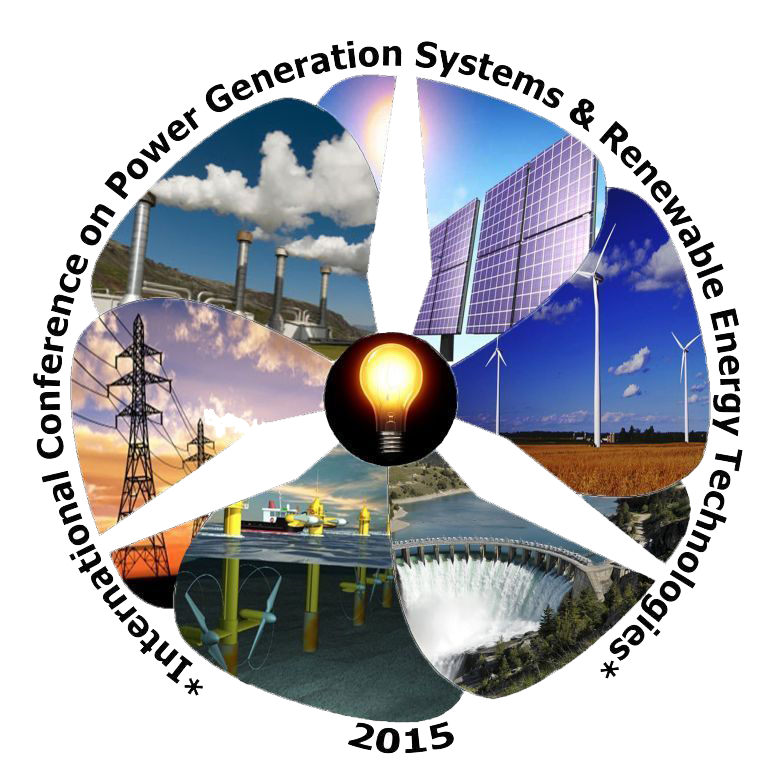
IEEE ISLAMABAD SECTION


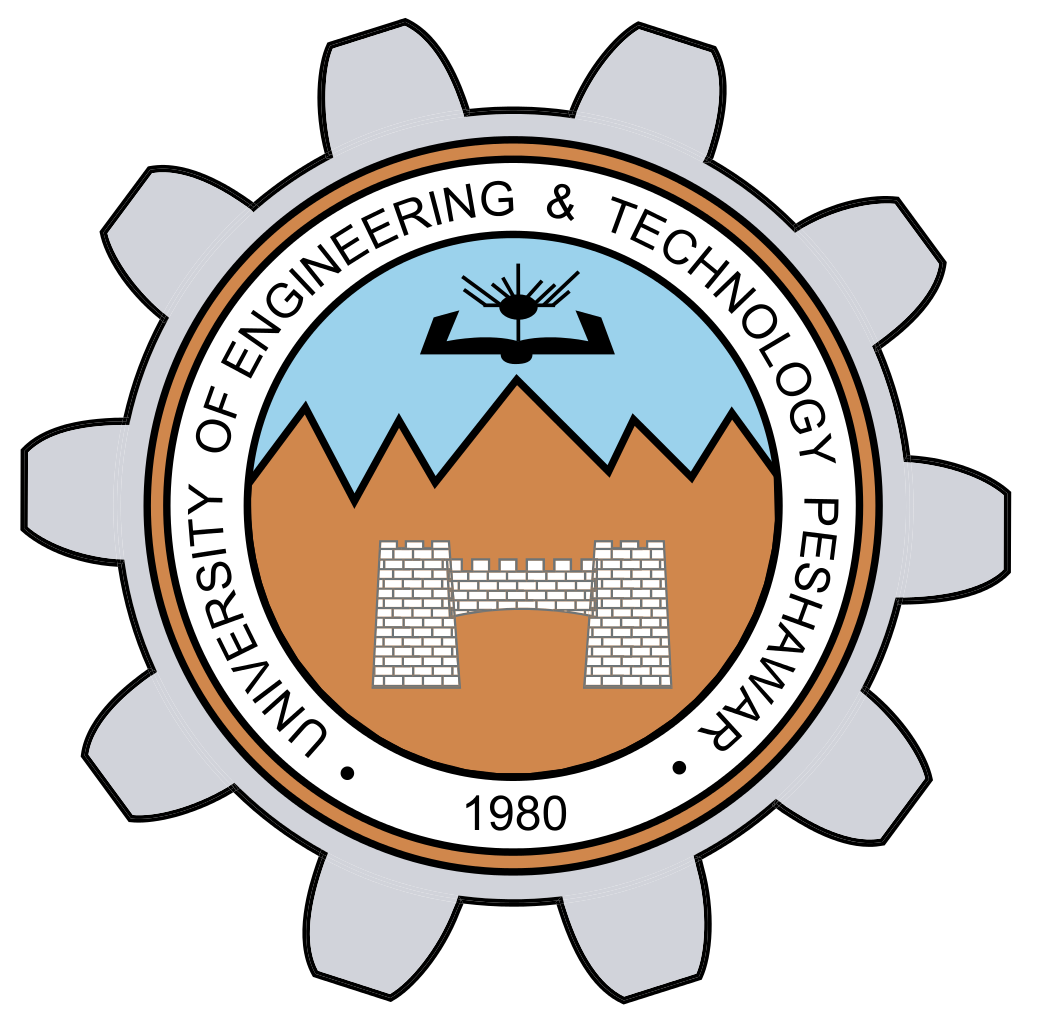
ISLAMABAD INTRODUCTION


